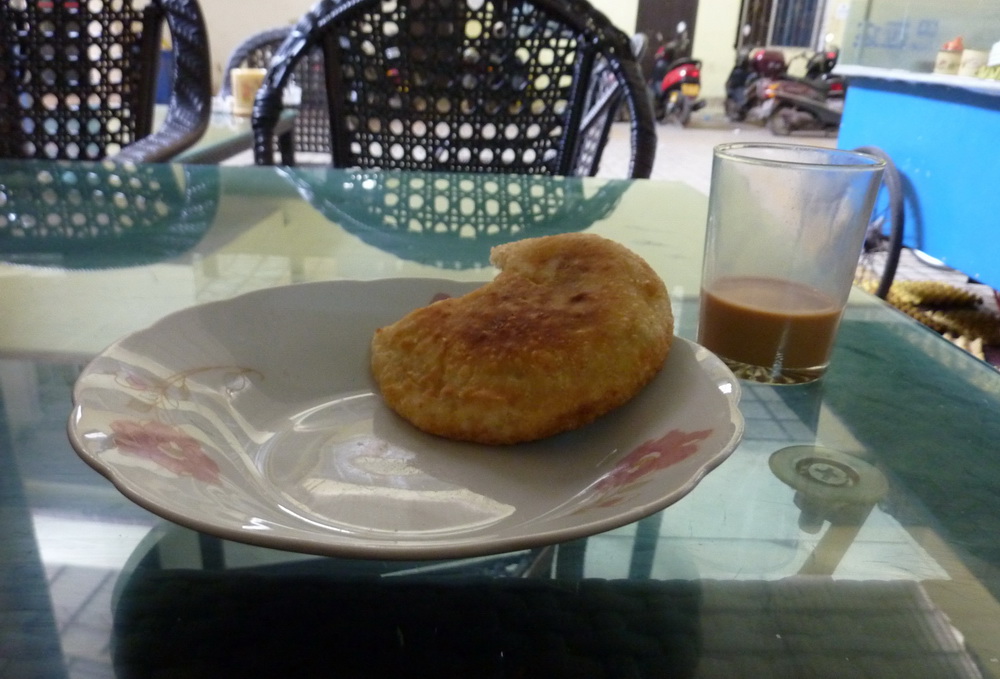Jinghong-Burmese
One of the things that I like about being in Jinghong is that it’s a little less homogeneous than some other parts of China. There are several different ethnic groups in the area, none of them limited by modern borders, and a small but significant addition to this are the Burmese. Here, they are more or less exclusively involved in the jade business on which they appear to have a monopoly.
Other border towns such as Ruili or Baoshan have rather bigger Burmese populations, but in Jinghong they are just about reaching ‘critical mass’. By that, I mean that there are enough of them for a Burmese restaurant to be viable; there is now one in Jinghong.
The Burmese in the jade business here are more or less all from Rakhine State, a coastal area of Myanmar that has a short border with Bangladesh. They look like Indians and speak a Rakhine dialect which leads many here to suppose that they are Bangladeshi or Indian rather than Burmese. They are also mostly Muslim rather than Hindu. Their cuisine is Indian/Burmese; chai, roti or paratha, rice and dahl dishes, but they also make mohinga, a rice noodle breakfast dish and ‘pelamounjaw‘ a fried dumpling with soya bean paste inside. Occasionally, they also make bao zi – steamed dumplings. (The best bao zi I have ever had were in Myanmar. One time, I was in Monywa, to the west of Mandalay, and was taken to a roadside restaurant for breakfast. Excellent!)
A couple of times, I’ve had really good pelamounjaw. Noteably in Hsipaw, in Shan State. The ones in Jinghong are a little more dense, less delicate, heartier, and make a good alternative to other local foods.
Pelamounjaw and chai.

